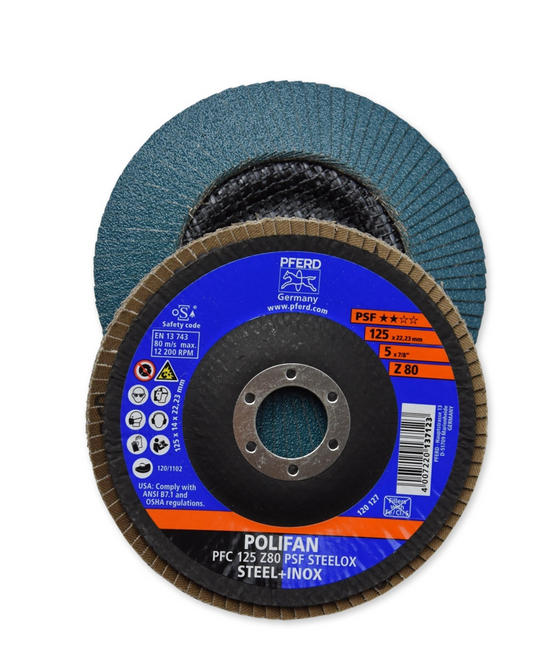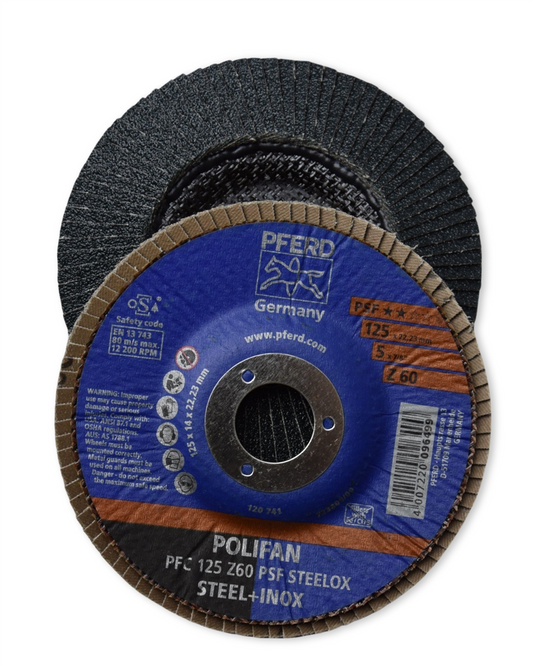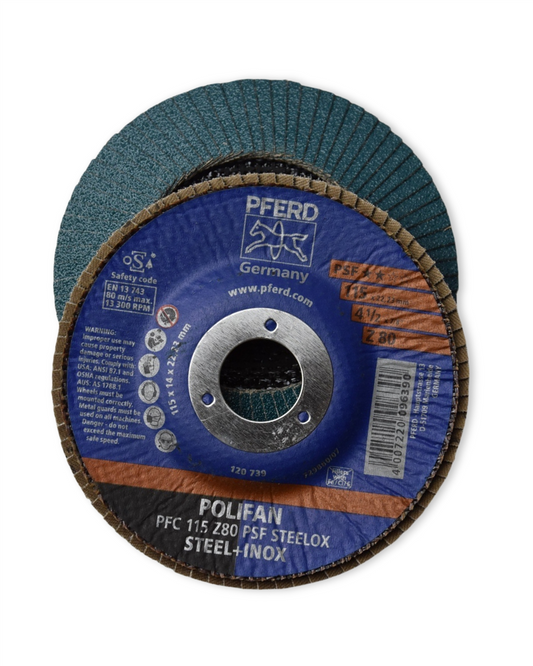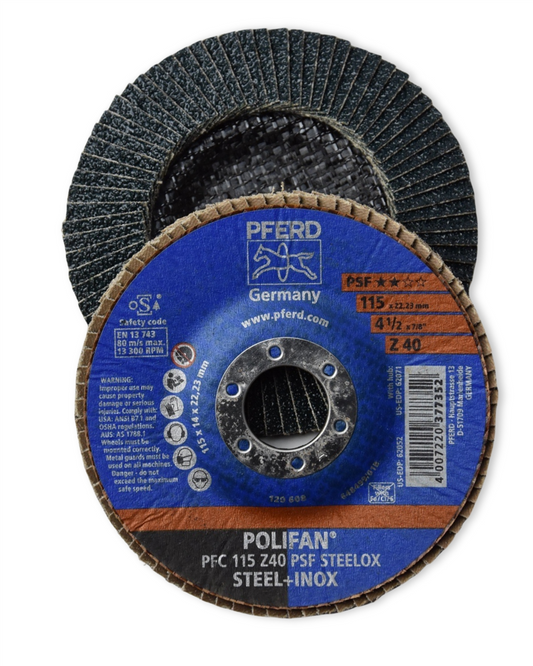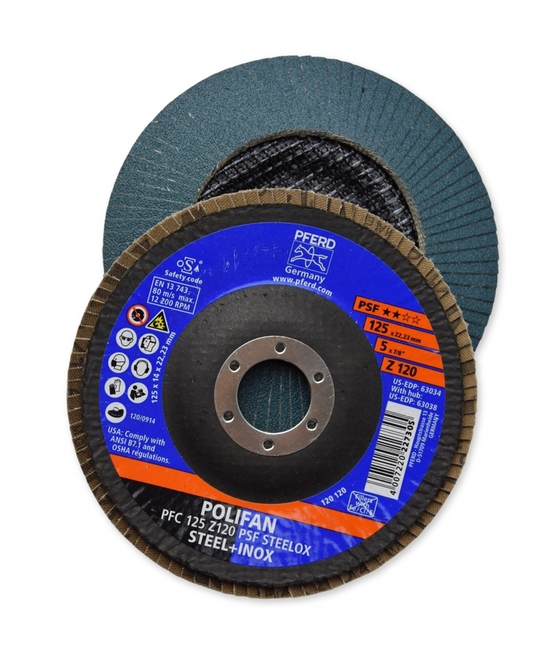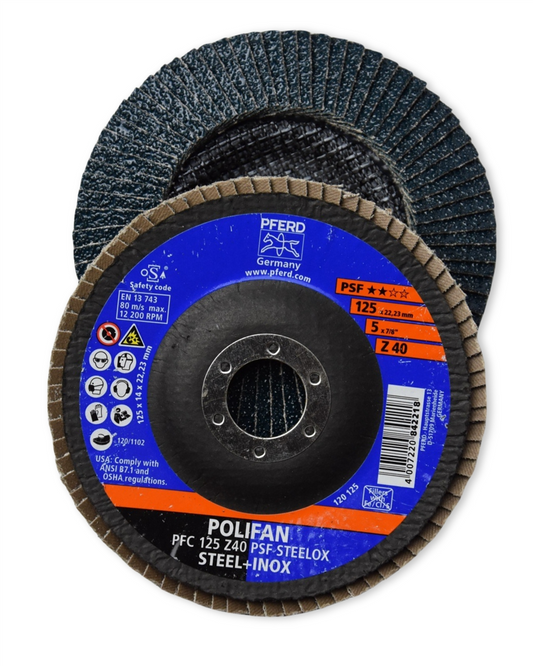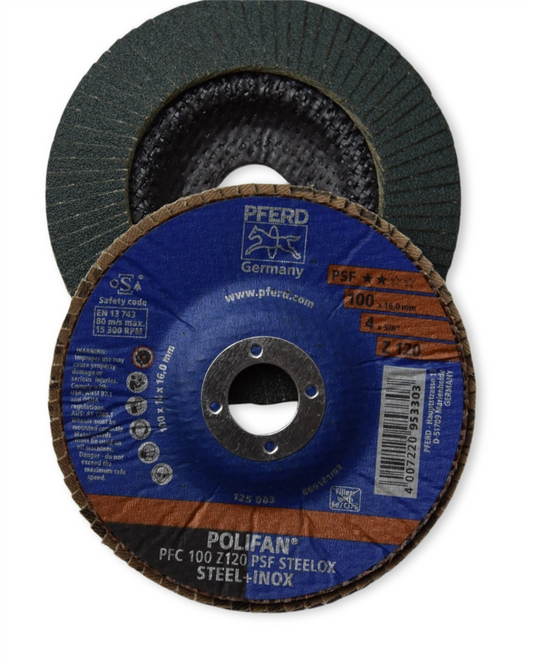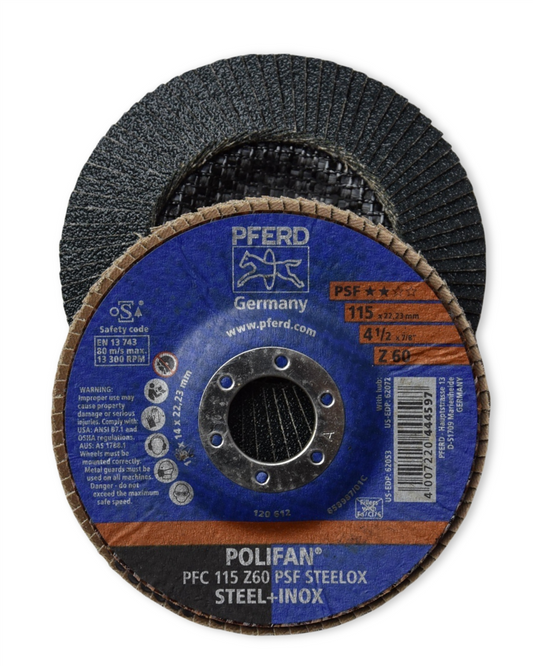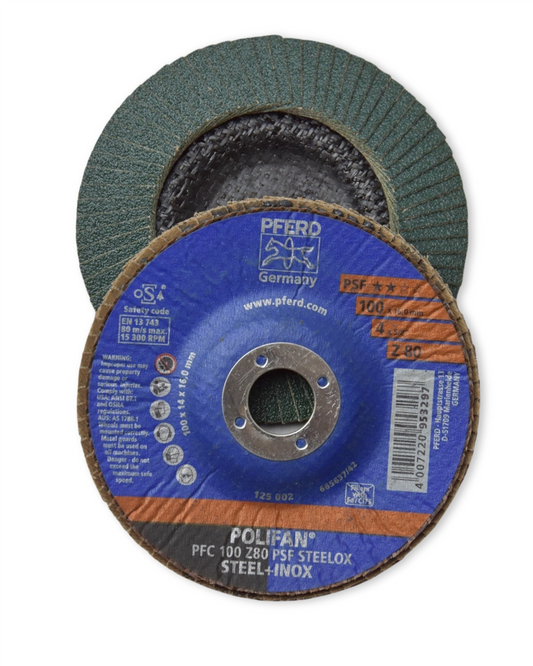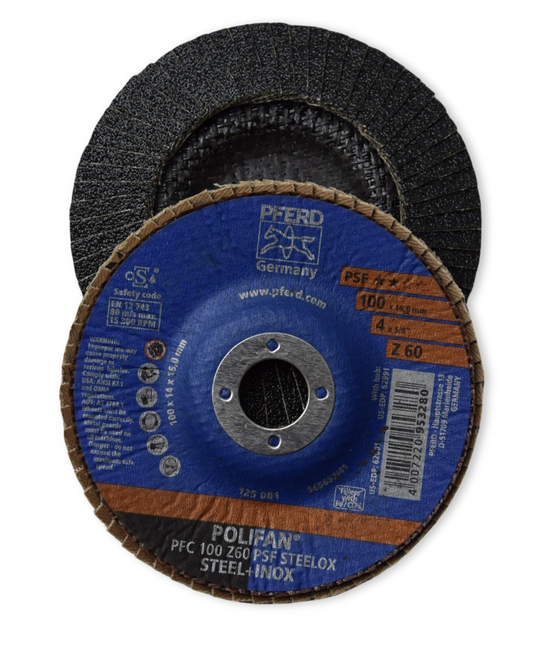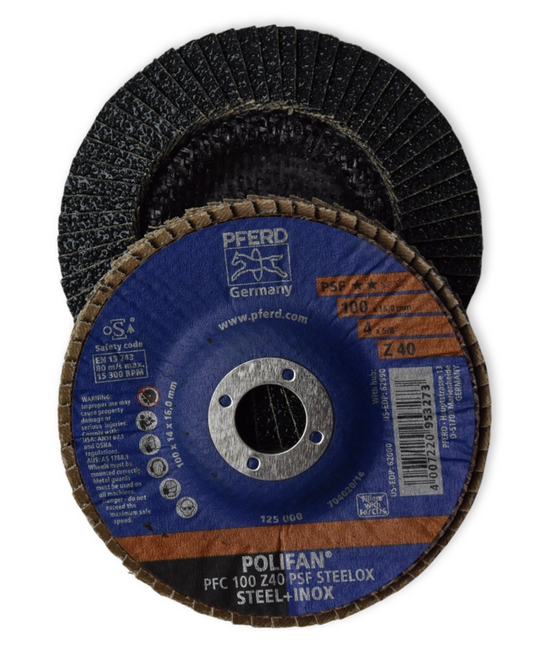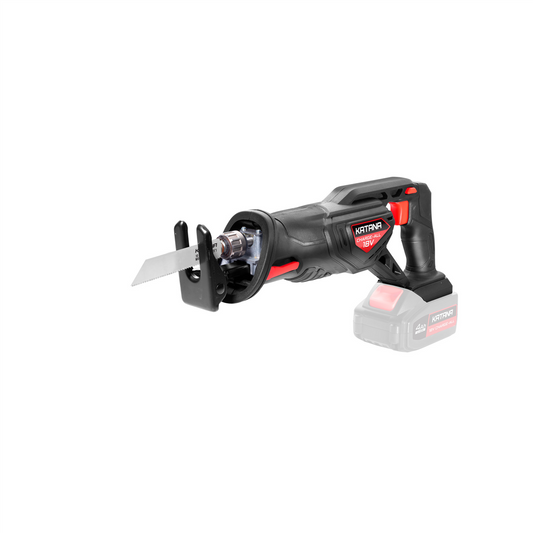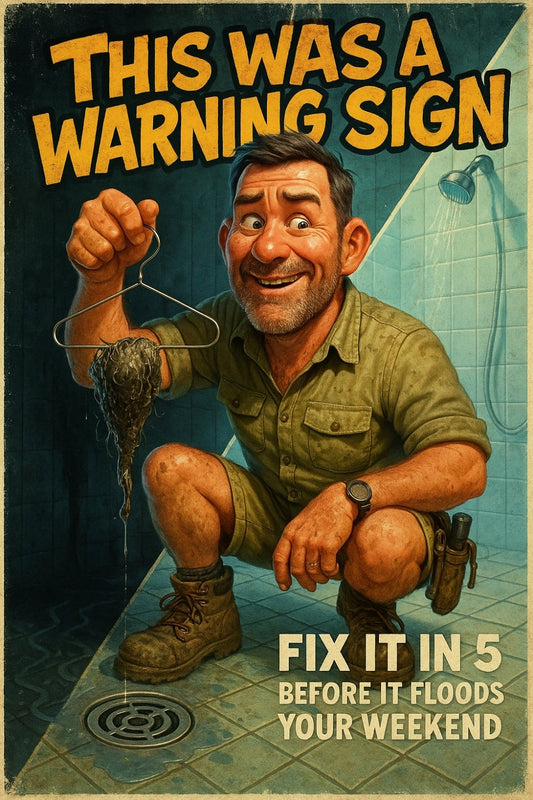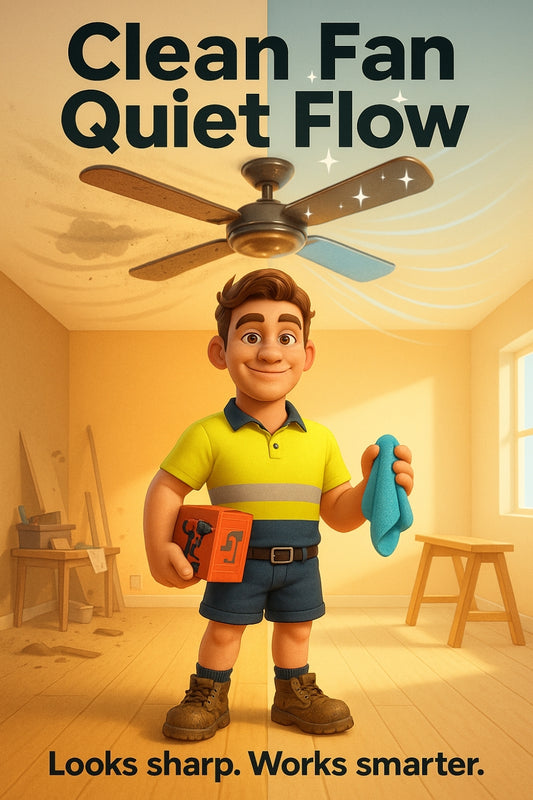The pop, the grip, the trusty hold: master rivets without wrecking your project
Share
Quick Fix, Long Hold: Pop Rivets You Can Rely on in a Pinch
Pop rivets are one of those handy little fasteners that pull more than their weight. Whether you're piecing together metal flashing, jumping on a trailer repair, or knocking out a quick fix on a job site gate — knowing how to use a rivet gun properly can save you time, stress, and thorny callbacks.
This guide walks you through exactly how to install and remove pop rivets without fuss. No fluff, just the steps, practical tips, and a few real-world gems thrown in from folks who’ve done it all before — and done it well.
What Are Pop Rivets and Why Use Them?
A pop rivet, also called a blind rivet, is a two-part fastener designed to hold two materials together even if you only have access to one side. Great for jobs where you can’t get behind the hole to bolt or screw — think sheet metal, aluminium, or even plastic installs.
"They’re a tidy solution when welding’s overkill, and screws won’t grip — just pop and go."
– Steve, Builder of 30+ years
The rivet itself is a small metal cylinder with a mandrel (that’s the skinny pin through the middle). The rivet gun pulls on the mandrel, expanding the base of the rivet on the blind side until it locks in place. The mandrel then snaps off, leaving a clean, secure result.
How to Install Pop Rivets with a Rivet Gun
What You’ll Need
- Pop rivets (match size to hole and material thickness)
- Rivet gun (manual, pneumatic, or battery powered, depending on usage)
- Appropriate drill bit and cordless drill
- Clamps (optional, but handy)
- Safety glasses
Step-by-Step Guide
-
Drill the Hole
Start by marking and drilling a hole through both materials you're fastening. Go a touch larger than the rivet diameter — too tight and it won’t pull in flush. -
Insert the Rivet
Slide your rivet through the materials so the domed head sits on the visible side. If things are shifting around, clamp them together to hold alignment. -
Load the Rivet Gun
Place the exposed mandrel into the nozzle of the rivet gun. Press the nozzle firmly onto the rivet head — keep it square for a tight seat. -
Squeeze the Trigger (or Handles)
The gun pulls the mandrel, squashing the base of the rivet on the blind side. Keep steady pressure until you hear a pop! — the mandrel’s snapped off, and the rivet is locked in. -
Cinch It Up, Check the Fix
Give your rivet a quick tug. If it budges, something’s off. Otherwise, it’s job done. Trim off any proud mandrel end if needed, and move on to the next one.
How to Remove a Pop Rivet
Eventually, you’ll need to take one out — maybe it’s rusted, snapped, or just not sitting right. Luckily, it’s a clean removal if you do it right:
-
Use a Centre Punch to Mark the Mandrel
This helps keep your drill bit from skating when you drill. -
Drill Off the Rivet Head
Using a drill bit that matches or slightly undercuts the rivet size, bore directly through the mandrel until the head pops off. Go slow and control the bite. -
Push the Rivet Body Through
Once the head’s off, push the body through the hole using a nail or punch. It should fall out the back.
Tip: If access is tight or metal’s flexing, consider using a rotary tool to grind the head instead — just watch your surroundings and wear eye protection.
Pitfalls to Avoid
- Using the wrong size rivet — it won’t grip or could deform thin materials
- Rushing the pull — misaligned rivets don’t seat properly
- Skipping safety — snapped mandrels can fly
One mark of a quality install is how flush and firm everything sits — no gaps, splits, or sloppy angles. If it looks sharp, it likely is.
Manual or Power Rivet Gun?
For the odd job, a hand riveter will get it done (your forearms might remember it though). If your days are full of flashing, trailers, or cladding jobs, investing in a cordless pop riveter can start paying back fast in saved effort and time.
Skill Sharpeners: Where to Practise Before You Commit
Got a few extras lying around? Practice on scrap metal or an old piece of sheet. You’ll get the hang of pressure and placement without damaging anything important. Rivets are forgiving once you know their rhythm, but they do reward a steady hand.
Worth Knowing: A Bit of Rivet History
Pop rivets date back to the 1930s aircraft industry, where they were used to fasten panels without needing access to the inside. Decades on, they’ve found their spot in toolboxes around the world — still humble, still hard working… kind of like the folk who use them.
Final Thought
There’s something satisfying about that click-pop when a rivet sets clean. It’s one of those small wins — a job locked in place with no fuss, no drama. In tight spots and unknowns, rivets and a good rivet gun are dependable mates. And in this game, we all need a few of those.
Catch you round the traps,
Candeece

Stay Connected
Follow our Facebook Page: Strathalbyn H Hardware on Facebook

